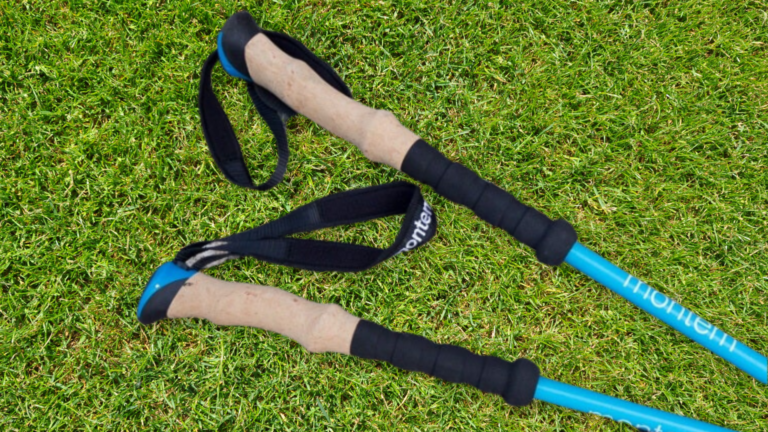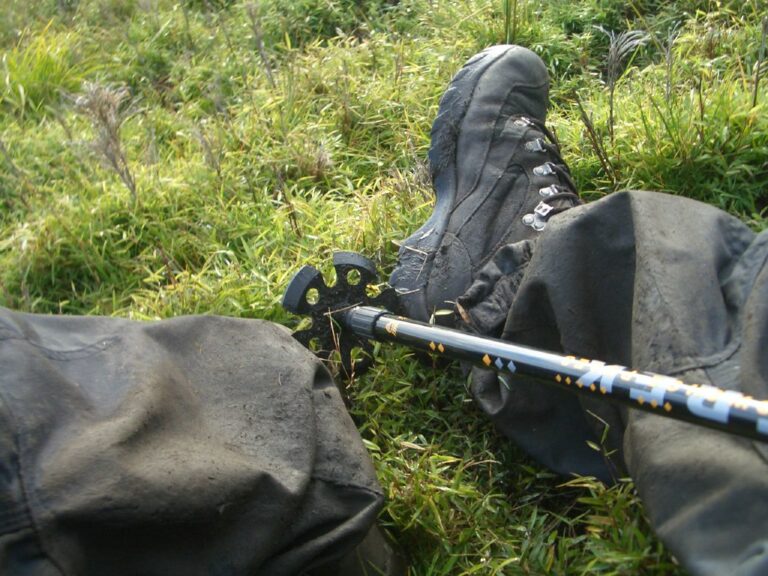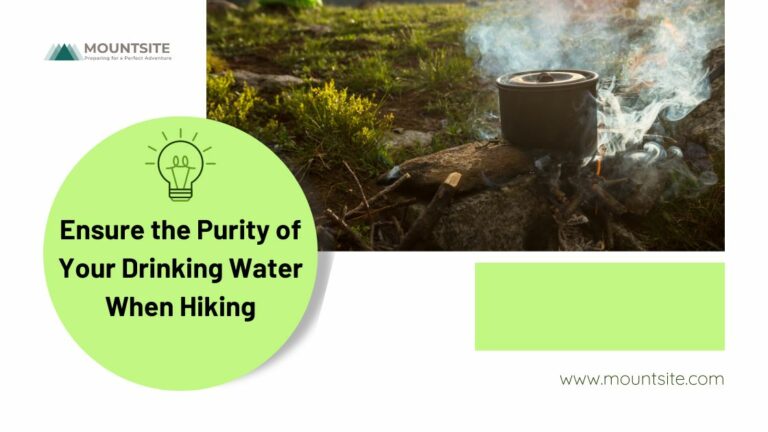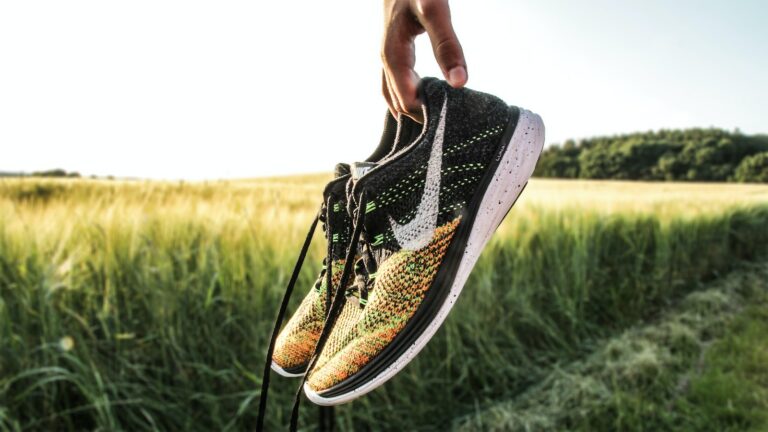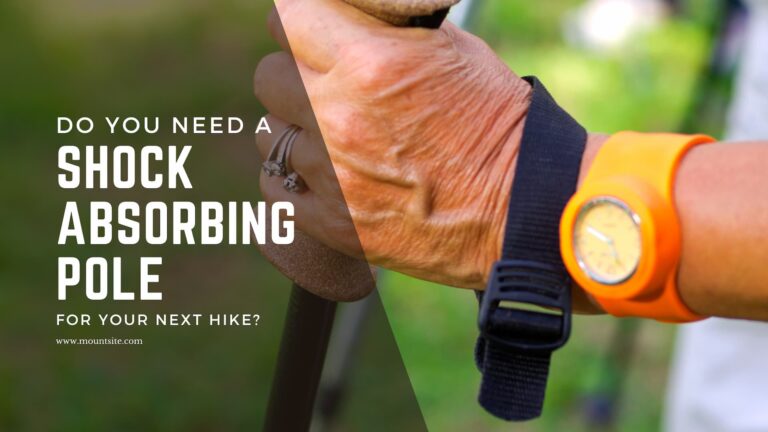5 Challenges When Backpacking in the Rain.
Wet weather hiking is a fantastic experience. Rain can make your trip more exciting and memorable, whether you’re backpacking for days or hiking to a nearby trail.
I often enjoy hiking the trail in different weather. It may look one way on a typical day, another on a rainy day hike, and very different on a day with light rain.
Hiking in the rain is challenging yet adventurous if you have a positive attitude. If we learn to tackle the challenges, there’s a lot to enjoy about hiking in the rain. But a multi-day backpacking trip in wet weather requires much more preparation than wet day hikes. We must bring proper rain gear, like a rain jacket and waterproof boots, to protect ourselves from the wet weather. We should also prepare for potential delays due to rain, such as slippery terrain and flooded trails.
This post discusses five challenges for successful hiking in the rain: taking proper precautions, planning, staying positive and focused, being prepared for anything, and keeping a sense of adventure.
These are challenges very unique to rainy weather. Some of them are also useful on snowy trails. But the list does not include common challenges in hiking, but specific challenges when hiking in the rain.
Disclaimer: This post contains affiliate links. We may earn a small commission on qualified sales. But it never affects your price or what we pick.
1. Limited Visibility: Get quality rain gear
One of the challenges that hikers face when hiking in the rain is limited visibility. Heavy rain can reduce visibility to the point where it is difficult to see the trail ahead, making it easy to lose your way. Hikers should always carry a map and compass when hiking, even if they are familiar with the area, in case they lose their way.
Hiking poles could be beneficial when hiking in the rain. And they are essential rain gear for a good reason. When crossing muddy paths, you can use trekking poles to find where your boots can get stuck. Newer models of trekking poles are so compact, and you can even fold them and keep them in your pocket. For heavy backpacking, a shock-absorbing pole is super helpful. Learn how to choose the best trekking pole for your needs.
Check out the LEKI Black Series FX Carbon on Amazon. It comes with a cork grip, giving you good shock absorption. The carbon fiber shaft is also shock-absorbant and durable. If you’re looking for an affordable option, check out Foxelli Carbon Fiber Trekking Poles.
You should also bring a GPS if the hiking trip is not to a familiar place. GPSs are not just the best rain gear. They are helpful even on regular camping trips. You can have them just inside your waterproof hiking pants.
Investing in an all-in-one GPS like Garmin Montana 700i is ideal if you are a regular hiker. Garmin GPSMAP 64sx is a cheaper alternative that gets the job done well and beyond.
Rain forests could be even more challenging for hiking in the rain. You can’t hear the sound of your companions even if they are close to you. And sunlight hardly hit the bottom of the forest. A little torchlight is handy rain gear in your rain pants.
Make sure your rain jackets have a luminescence lining for other hikers to see you in the rain. But not to be too shiny too. There’s a reason why we hikers wear environmentally friendly colors.
2. Slippery Conditions: Have proper hiking boots
Another challenge that hikers face when hiking in the rain is slippery trails. Slippery rocks and leaves can be tricky, making it easy to lose footing and fall. Hikers should take care when walking on wet surfaces and wear shoes with good traction.
Do not wear running shoes for backpacking trips. Running shoes are not the right fit for slippery, uneven terrain.
Hikers may prefer non-waterproof shoes for multi-day backpacking trips. This is because of their leather upper and stiffer outsole that gives better support to carry heavy loads on backpacking trips.
But to keep your feet warm on rainy day hikes, waterproof hiking shoes are crucial. You can waterproof hiking boots even if made with a leather upper. You have to use a waterproof spray. But modern hiking boots are both waterproof and can support heavy weight.
Check out the Lowa Renegade GTX for Men and Women. It has a leather upper. But the Gore-Tex membrane also gives excellent waterproof. Excellent for backpacking in the rain.
Hikers can use crampons to gain better traction on a wet hiking trail. Crampons are sharp spikes under the soles of hiking boots that can help you gain more stability in slippery conditions. You can attach them to your hiking shoes or boots so they don’t get lost while hiking.
Crampons are a must-have rain gear when hiking in the rain, especially if you’re walking on steep, icy terrain. When you’re not using them, ensure you put them in a safe place to protect them from getting damaged. But the sharp points may tear the fabric if you keep them in your rain jacket or rain pant.
3. Cold Weather: Wear a proper rain jacket and rain pants
Wet weather conditions are an obvious threat. Rainy and cold conditions cool the air temperature significantly, even in summer.
Hikers may find themselves cold and uncomfortable if they are not appropriately dressed. Hikers should wear rain jackets and rain pants with other clothing in layers and carry extra clothing in their pack if they get cold.
One of the dangers of wet weather is hypothermia, which occurs when the body heat drops faster. Symptoms of hypothermia include shivering, confusion, slurred speech, and drowsiness. If left untreated, hypothermia can lead to death. Hikers should know the signs of hypothermia and how to treat it if someone else is affected.
nThis is why you should wear a rain jacket to stay warm and prevent your other clothes from getting wet. You should also carry a backpack rain cover to protect your stuff. You can also use dry bags to have a set of extra clothes super dry.
It’s also advisable to wear wool socks. That’s one of the best ways to take care of your feet. Warmer socks can keep your feet dry, and you can not only make you comfortable but prevent any infections.
It’s essential to keep your hiking socks warmer. But a point to note is that wet socks could create more damage. Thus you should always wear waterproof pants rain pants over your jeans.
Also, have an additional pair of synthetic or wool socks. These warmer socks are reserved for wearing in your tent, not during the hike, for maintaining your body temperature. I also recommend waterproof socks for this purpose.
4. Dehydration: Let’s have tea.
Dehydration is another danger that hikers face when hiking in the rain. Sweating excessively can lead to dehydration, as can drinking too little water. Hikers should drink plenty of water before embarking on a hike and carry extra water with them in case they need it. They should also eat water-rich foods, such as fruits and vegetables.
Even though there’s so much water around you on a rainy hike, you won’t be able to drink them. The water sources are all could be muddy now.
You’d have seen survivors drinking the water by squeezing their wet socks in TV shows. This is not recommended at all. If you’re not a survival expert, the best you can do is bring enough water. If drinking from a water stream is unavoidable, use a portable water filtration system.
Check out the SP160 One Gallon Gravity Water Filtration System on Amazon.
Try to have a warm beverage like tea or coffee when hiking in the rain. You can squeeze some tea packets in your rain jacket and boil water near your campsite.
Remember to drink lots of water and wear proper rain gear for a safe and enjoyable hiking experience! There should always be a small bottle of water to keep for emergencies. It should be reserved for the one who needs immediate medical attention.
Of course, you may need to urinate often with more water and in cold weather. But it’s essential to wait until you can make a pit stop. Small kids may sometimes do it in their rain jackets or rain pants. Thus, bringing proper urine bottles and urinals is a good idea. Carry with you some disposable urine bags.
Remember to clear up any messes and carry extra toilet paper with you. It’s essential not to leave anything on your hiking trail. Leave only your footprint; collect only your memories.
5. Wet tents and campsite: Keep your tents and rain fly dry and clean
Camping is my favorite part when hiking in the shower. Yet, hikers may find it super tricky on a rainy hike.
It’s essential to keep your rain jacket and other wet clothing separate. You can use a rain fly and rain poncho as your rain gear. And you should also keep yourself dry to minimize the chances of having a wet campsite or tent.
The last thing you want is to make your sleeping area wet. Make sure to squeeze out excess water before you take your wet clothing in. And never let the water drip into your sleeping bag.
If you’re hiking with your pet or kids, you should always have a rain cover for them. You can take precautions to keep the tent and campsite dry or bring an extra rain shelter for your kids or pets. Just make sure that they are comfortable and safe at all times. You can let them play in there and use the main tent only for sleeping.
Stay warm and safe, whatever challenges you face on your rainy hiking adventure. You can have a fantastic time despite the weather with the right gear, knowledge, and a positive attitude!
When picking your campsite, don’t choose the one near a water stream or a reserve. You shouldn’t do this for two reasons. First, animals and wildlife are more likely to wander near water sources, which could present a safety and security risk. Secondly, the ground near streams is often muddy or wet and can cause your tent to be damp or even flooded. Always listen to the local government announcements. The National Weather Service is a good source.
Look for watermarks in nearby trees and rocks. It’ll show you how high the water levels would increase. Make a safe spot above and away from this. In May 2022, the floodwaters submerged campsites in Voyageurs National Park in northeastern Minnesota. You don’t want to see your tent in such a situation.
Conclusion: You’re on a happy adventure
Hiking in the rain is fantastic if you get your gear correctly and prepare for the challenges. Besides basic needs such as a rain jacket, waterproof footwear, and trekking poles, you need much more preparation to maintain your body heat. If you travel with pets or kids, you may have to double it.
I hope these rain tips helped you and your beloved ones stay safe against cold rain. If you find this post helpful, share it with your friends.


